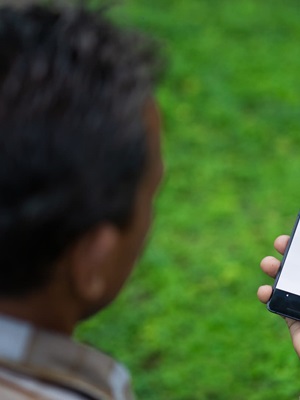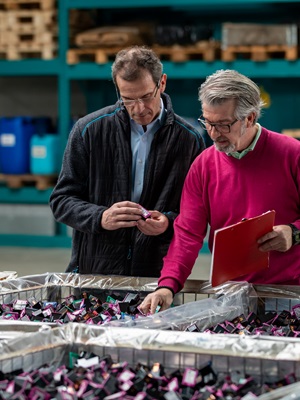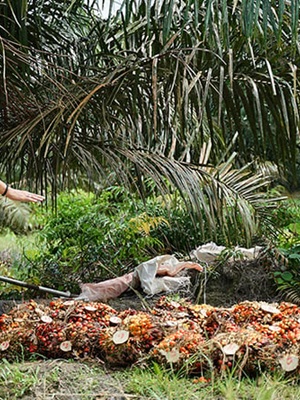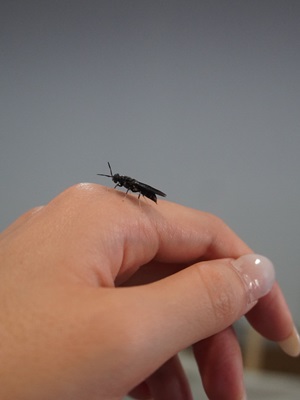As the world’s surface temperature rises, the demand for cooling also increases. People don’t only need cooling to protect themselves from the heat, but also to keep food fresh and economies productive.
According to the latest Global Cooling Watch Report 2023: Keeping it Chill by the United Nations Environment Programme (UNEP), between 2022 and 2050, the installed capacity of cooling equipment globally will triple, resulting in a more than doubling of electricity consumption. Both air conditioners and refrigerators negatively affect the environment by generating emissions from electricity consumption and releasing refrigerant gases, which can be more harmful to the environment than carbon.
Unless people significantly reduce their carbon footprint, nearly 1,000 cities will experience average summer highs of 35°C by 2050, almost triple the 350 cities that already do. Furthermore, the population that will be exposed to this heat could surge by 800%, reaching 1.6 billion.
With this, there’s an urgent need for efficient, climate-friendly alternatives to air conditioning to keep people cool without increasing their carbon footprint. In this article, we will look at examples of how passive cooling is implemented in different parts of the world.
What is Passive Cooling?
Passive cooling involves the use of nonmechanical methods to keep indoor temperatures at comfortable levels and maintain a healthy indoor environment without increasing energy consumption. By taking advantage of natural heat flows, passive cooling techniques can be used to reduce or eliminate the use of air conditioning, thereby minimising the environmental impact of buildings.
Furthermore, passive cooling methods lessen the peak cooling loads in buildings, thus reducing the size of air conditioning equipment and the period for which it needs to operate.
How Passive Cooling is Done Across the World
There are various techniques to implement passive cooling. These methods mainly involve preventing heat from entering or eliminating heat from the building. Here are some of the ways passive cooling is done in different parts of the world:
Sustainable School Design at Burkina Faso
The Lycée Schorge Secondary School, located on the outskirts of the Burkina Faso town of Koudougou, combines traditional design techniques with new materials. The layout of the school consists of nine modules that are arranged around a courtyard to protect the central space from dust and wind. Locally sourced laterite bricks were used as materials to absorb the heat during the day and radiate it during the night. Moreover, the classrooms were wrapped with local eucalyptus wood to create shaded spaces that protect students from the high temperatures during the day.
White Roofs in Ahmedabad, India
After an extreme heatwave in 2010, Ahmedabad, India developed a plan to control temperatures, which typically rise in the months before the annual monsoon. The roofs of approximately 7,000 low-income households were painted white to reflect sunlight and reduce indoor temperatures.
Moreover, trees were planted, and free water was given to the public to save an estimated 1,100 lives per year. The city’s cooling plan has served as a blueprint for 30 other cities in the country that have developed and implemented similar strategies.
Energy Efficient Demonstration Building in the Maldives
With rising sea levels and increasing temperatures, the effects of climate change are undoubtedly felt in the Maldives. As the Ministry of Environment strives to ensure residents can keep cool without increasing electricity consumption, the Maldives Meteorological Services building in Addu City was built. This energy efficient demonstration building, designed based on UNEP guidelines, focuses on the implementation of passive cooling techniques such as using shading, insulation and optimised orientation to regulate temperatures.
Passive Cooling to be Integrated in Cambodia’s Building Regulations
Between 2020 and 2040, demand for cooling in Cambodia is set to double. In response to this, UNEP and the United Nations Economic and Social Commission for Asia and the Pacific are collaborating with two property developers to test the effectiveness of various passive cooling measures, such as shading, insulation and roof design. This project’s primary goal is to integrate the most effective passive cooling strategies into Cambodia’s building regulations and urban planning standards.
Revitalised Stream Reduces Heat in Seoul
At the heart of Seoul lies the 11-km Cheonggyecheon Stream, hidden under a 10-lane road and a raised four-lane motorway until 2005. However, the local government decided to dismantle the infrastructure and revitalise the stream, reducing the heat island effect. With temperatures along the stream cooler by 3.3°C to 5.9°C compared to a parallel road, this project shows how natural solutions can bring considerable reductions in temperature.
Keeping Carbon Emissions in Check Through Sustainable Cooling
The constantly increasing demand for cooling typically means greater electricity consumption and, consequently, higher carbon emissions. Fortunately, sustainable cooling options are available to minimise environmental impact. Through passive cooling techniques that are accessible, affordable and scalable, society’s need for cooling can be met without sacrificing the planet’s health.
Remember, the road towards a sustainable future is long and filled with challenges. To be able to achieve net-zero targets efficiently, it is crucial to embrace innovation and be willing to adopt creative methods.
Posted 31/07/2024

















